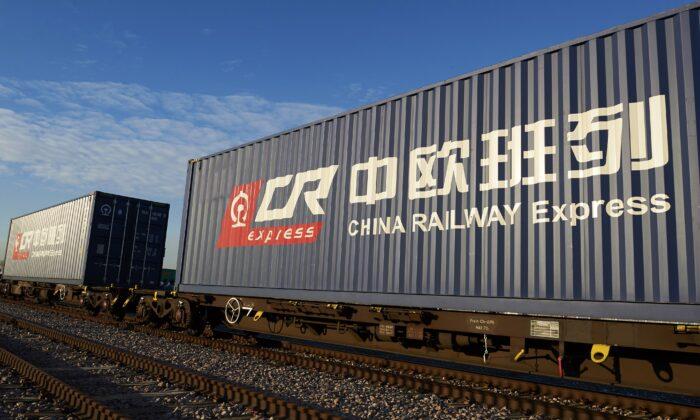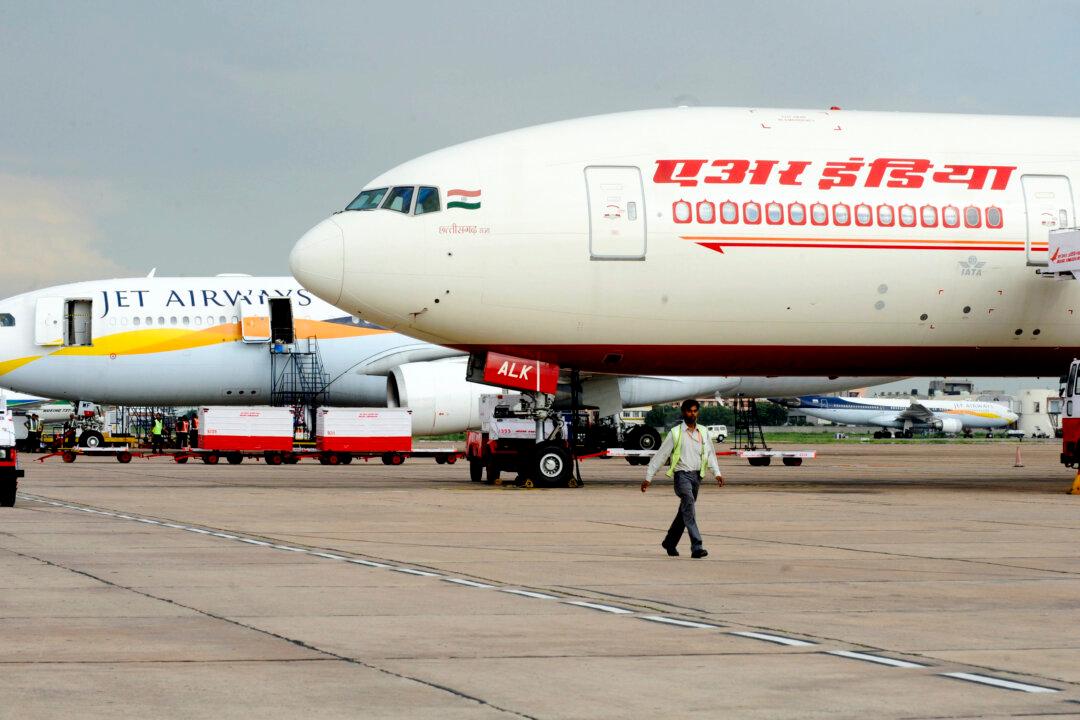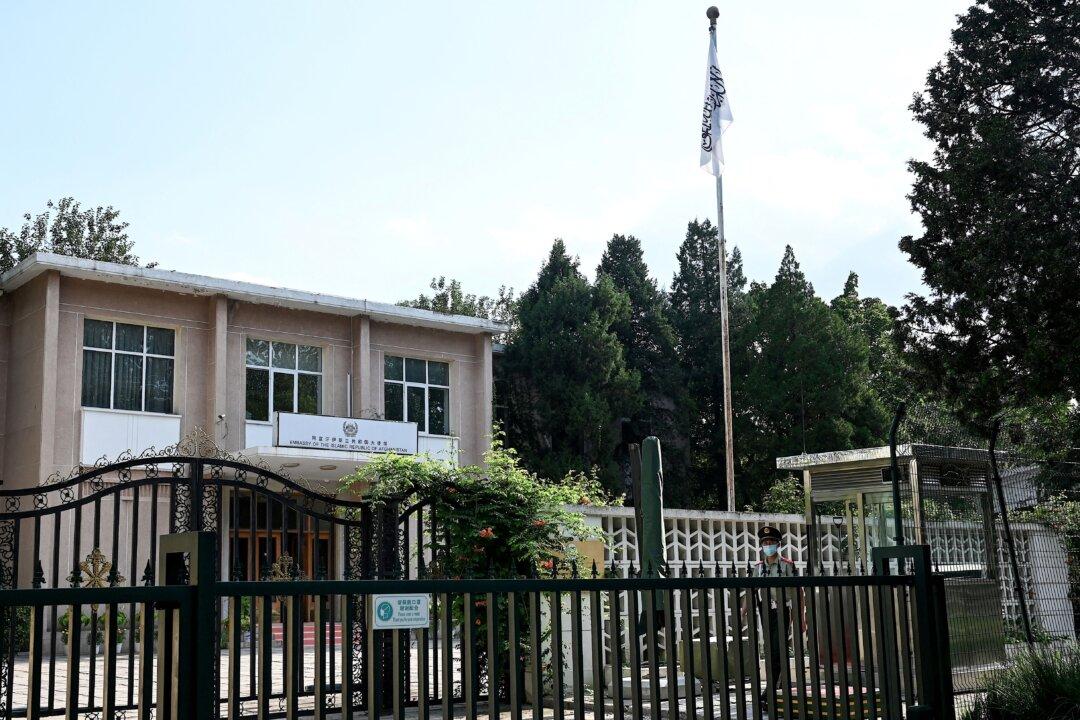Reports of widespread COVID-19 outbreaks in China have quickly flooded social media and international media since the ruling Chinese Communist Party (CCP) this month suddenly began lifting the draconian “zero-COVID” restrictions that had caused countless tragedies and tremendous suffering to the Chinese people for three years.
No Plan or Preparation
The regime’s sudden policy U-turn without a plan forward left the medical system with little time to prepare, while the majority of the patients in this new wave of infections show much more severe symptoms—high fever, cough, and lung infections—than the mild symptoms usually associated with Omicron coronavirus variants.Hospitals are now facing a lack of intensive care unit beds, ventilators, drug stockpiles, and other health care tools. Funeral homes are overwhelmed. Streets are empty in Chinese cities, despite the lockdown orders having been lifted. Some cities said workers with mild symptoms can continue to go to work, as most people are infected.
The Chinese regime has failed to communicate a “zero-COVID” exit strategy to the public, which has caused confusion and panic. Its excessive focus on “clearing” the virus and cases over the past three years has strained China’s medical infrastructure.
No Notification to Public in Advance
People weren’t warned in advance to prepare for at-home COVID-19 treatment and have flooded local pharmacies seeking fever and cold medicines.Pharmacies in China were ordered to ban or control the sale of cold and flu medication under the “zero-COVID” policy for three years to prevent residents from using over-the-counter drugs to reduce or mask fevers and avoid illness detection, since people didn’t want to be forced into PCR tests or be sent to centralized quarantine facilities. Many pharmaceutical companies and pharmacies that made and sold the drugs went bankrupt because of the restrictions. The remaining factories weren’t given advance notice to prepare for a sudden increase in demand after the restrictions were lifted.

As a result, residents weren’t able to stock up on basic medicines at home before the regime lifted its zero-COVID policies, although the wave of infections had already started before the change. Many can’t find the drugs now because of production shortages.
The U.S. Embassy in China issued an advisory to U.S. ex-pats in China about the possible scenario:
“We encourage all U.S. citizens to save a 14-day supply of medicines, bottled water, and food for yourself and your family members,” the embassy said in a Nov. 28 statement published on its official website and its account on the Chinese social media platform Weibo.
Some mainland Chinese followed the instruction and later left messages on the U.S. Embassy’s Weibo account, thanking them for the notice about the wave of infections.
Infections Spiking, Out of Control Since November
According to a WHO expert, the infections already began spiking in November, before the regime lifted the restrictions. WHO emergency chief Michael Ryan pointed out that the abandoning of the “zero-COVID” policy isn’t the cause of the explosion of infections, but a response to it, as the spread of the virus had already gotten out of control under the policy.
Major cities across China, such as Beijing and southwestern megacity of Chongqing, had already reported surges in COVID-19 cases in November and implemented another round of lockdowns trying to control it.
The CCP’s top propagandist, Hu Xijin, also revealed in a Weibo post that since November, the number of infections in Beijing had rapidly increased.
“To sum it up, it’s out of control,” he wrote.
Giving Up on Reporting Numbers
China’s National Health Commission announced on Dec. 25 that it would no longer publish national daily COVID-19 case figures amid the surge of infections.However, Yu Xinle, deputy director of the Zhejiang Provincial Health Commission, announced at a local press conference that day that the number of COVID-19 infections in Zhejiang Province has exceeded 1 million per day. He also said that as the peak comes, daily cases will reach a maximum of 2 million on roughly the first day of the new year.
The inconsistency in reporting data has increased confusion and skepticism about the real situation of the outbreak in China.
Since the lifting of restrictions on Dec. 7, the regime has dropped mass testing. It also stopped reporting asymptomatic cases on Dec. 14.
Refusing International Help
The Chinese populace has largely been inoculated with Chinese-made COVID-19 vaccines, which are considered by many experts as less effective than Western ones. The Chinese regime has banned the sale and use of Western vaccines for political and economic reasons.The international community, including the WHO and Western nations, has offered medical assistance to the Chinese people amid the massive surge of infections. Last week, the U.S. State Department reiterated its willingness to help China by sharing U.S. vaccines.

However, Chinese foreign ministry spokesman Mao Ning rejected the U.S. offer at a regular press conference on Dec. 21.
On Dec. 20, German President Frank-Walter Steinmeier said in a phone call with CCP leader Xi Jinping that Germany could immediately provide China with hundreds of millions of BioNTech vaccines, although the offer was rejected by Xi. The regime only allowed limited German vaccines to be shipped to China to be used on the 20,000 German ex-pats in China.
The Chinese regime has tried to downplay the severity of the current wave of infections. Because the variant that’s causing the outbreak in China is still Omicron, which has a fatality rate of about 0.1 percent and is about equal to ordinary seasonal flu, the COVID-19 outbreak should simply be called the “COVID cold,” the regime’s top virologist, Zhong Nanshan, said in an online speech on Dec. 16.
The current CCP’s policy U-turn to “herd infection” from “zero-COVID” is due to government inaction and is completely chaotic, Li Yuanhua, a historian living in Australia, told The Epoch Times.

“The CCP’s policy change is entirely for its political goal. It doesn’t care whether people live or die,“ Li said. ”It now just lets everyone get infected once and then come back to work to recover the Chinese economy [after the lockdown]. This situation will lead to the death of a large number of elderly people.”




